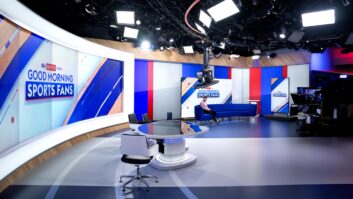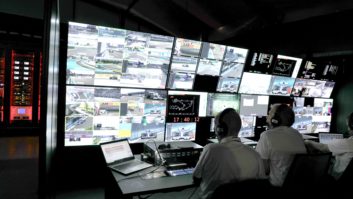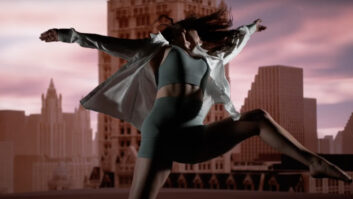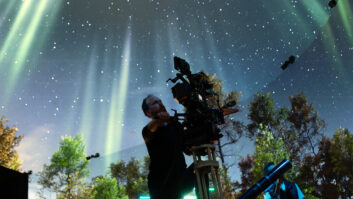
Broadcasters are being asked to reconsider traditional production grammar associated HD as they experiment with a move to Ultra-HD, at the same time as the real estate of far larger 60-88+ inch home TVs may provide new opportunities for editorial presentation.
“In live production we are closing the gaps in the chain but it might take another two years to deliver a sports event in UHD to customers,” Stephan Heimbecher, Sky Deutschland’s head of Innovation and Standards, Product and Operations told delegates at the Beyond HD Masters conference. “What we are doing is just an evolutionary step. Can it be revolutionary? Can it excite the consumer more than just bigger resolution pictures?”
He wondered if the production grammar needed to change. “At screen sizes above 55-inches at an average 2.7m viewing distance then conventional close-ups of people would appear larger than life size, which could be discomforting to people.” The answer, perhaps, would be to stick to head-to-hip shots to give a more life-sized image.
“UHD means not just more pixels but better pixels with enhanced dynamic range for more natural contrasts and blacker blacks and 8- to 12-bit colour depth to create an even more realistic picture quality. That may be great for sports – but is this picture quality too perfect? All of a sudden we have reached a level of reality which could be unreal to viewers more comfortable with the filmic look.”
Playing with the screen real estate was another consideration. Why use the full screen coverage when, for a soccer match for example, the field of view could be covered in the lower half of the screen, while other applications such as interactive points of view or a director’s cut could be played in other portions?
Not surprisingly similar ideas are being played around with at sister company BSkyB where Chris Johns, chief engineer, Broadcast Strategy said he believed that Ultra-HD would require a change in editorial grammar. “You could have fixed cameras covering the full width of a football pitch and pan and scan within the frame which would eliminate motion blur because it moves with, not across, the pixels – though you would lose resolution (going from 4K to HD),” he said.
“This camera viewpoint would also allow a viewer to move their eyes around that screen. But storytelling is still very important. You could have the fixed camera view and a smaller one on the same screen real estate telling the story as the director intends.”
He added: “Something beyond HD might have no interlace, more resolution, finer pixels and these are all great. But what else is there? It has to deliver a new viewing experience. It has to be something consumers want to have.
“It has to have improved motion portrayal and it has to have dynamic range. More colour is nice to have but will only enhance the experience of certain sequences of certain programmes (general views in travel shows, for example). We also need to think about audio and matching it to the visual, perhaps in terms of new object-based technology which manipulates the audio according to the environment you are sitting in. In addition, and very importantly, it needs to be cost effective from cameras to compression,” he said.
“When you factor all of this in – from dynamic range to frame rates – then you may have 20 times today’s bandwidth, so how do we cope? HEVC may be the transmission format and to mobile devices, but what will we use in plant? Do we produce in the rawest baseband form or use a form of compression in our production environment?
“If we are able to deliver it all in 2014 then great. But there are many elements to solve. The question for today is how far have we gone with some of those elements for the next generation of visual experience to the customer.”
By Adrian Pennington







